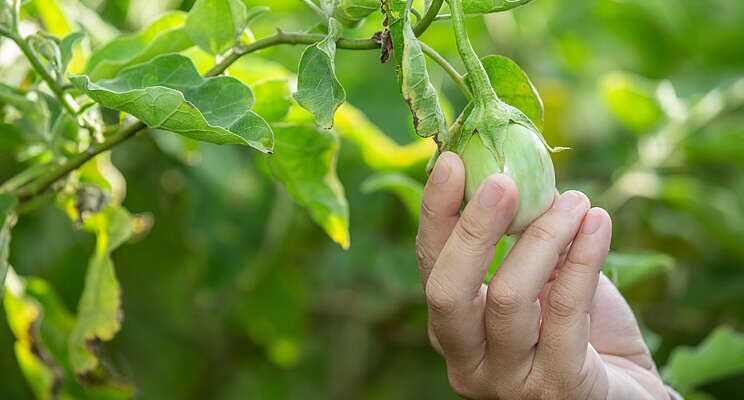Soil Health Institute announces five strategic goals
Added on 14 July 2022

By 2050, the world's agricultural systems will need to support another 2 billion people. Yet, in the last century, soils have lost 40-60% of the basic building block that makes them productive (organic matter). The societal and environmental costs of soil loss and degradation in the United States alone are estimated to be as high as $85 billion every year. Greenhouse gas (GHG) emissions have reached the highest level ever recorded and are continuing to increase. Scientists predict drought to increase from impacting 1% of the world's arable land to over 30% by the end of the century due to climate change. Approximately 80% of U.S. rivers and streams are in only fair to poor biological condition due to nutrient runoff and other contaminants.
"We are at a critical juncture in human history where we must address these challenges, and soil health is the framework to do just that," said Dr. Wayne Honeycutt, President and CEO of the Soil Health Institute.
Research shows that improving soil health in agricultural systems increases carbon sequestration, reduces GHG emissions, increases drought resilience, enhances water quality, boosts crop yield, increases nutrient availability, and suppresses many plant diseases. Yet today, only 5% of cropland in the U.S. is managed using the basic soil health practice of cover cropping. Adoption is hindered by gaps in information on the economic benefits of soil health practices, lack of scientific knowledge on how healthy a given soil can become and what that means for land managers and the environment, and a scarcity of locally relevant resources and mentoring networks for farmers.
Photo created by jcomp - www.freepik.com
Source: Ag News
More news















